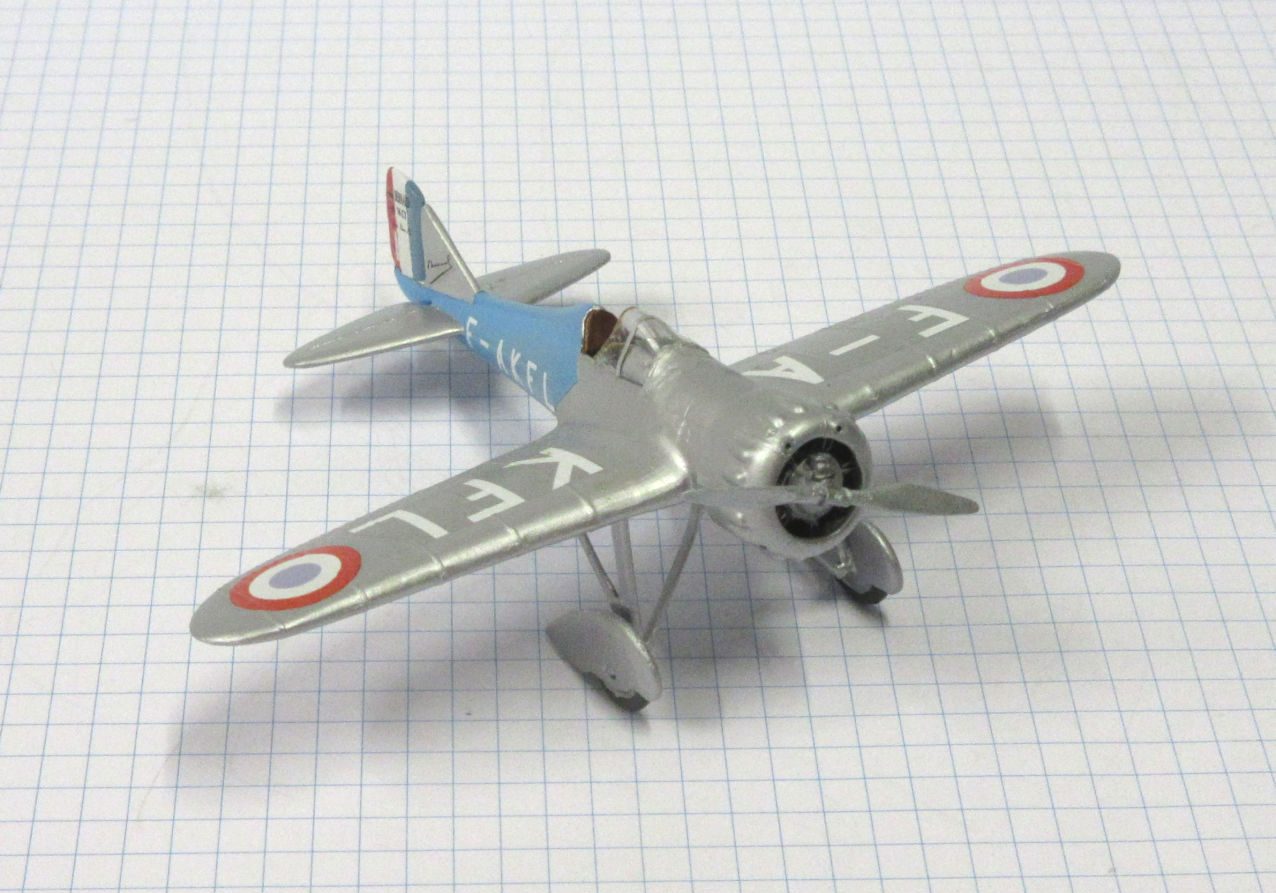On the basis of a couple of rather unfortunate French bombers made during the interwar period all French aeroplanes made during that period have been dubbed ‘ugly’ by the great unwashed. What would then know? Not all French aeroplanes are Amiot 143s, Potez 540s or even Farman 220s. And even then they aren’t that bad in comparison to some of the visual horrors flown by other countries during the interwar period. (I draw your attention to, for example, the Keystone B-6 or the Bolton Paul Overstrand and rest my case.) All those poor uncultured folk have to do is look at some of the attractive French aeroplanes made and they will see the error of their ways.
An excellent example of the aesthetic qualities of French aircraft designs is the range of petite racers and fighters that emerged from the Société des Avions Bernard in the 1920s and early 1930s. It was not a very successful company, only one or two of most of its designs were made with the biggest production run being the Bernard 190 small airliner of which forteen were made.
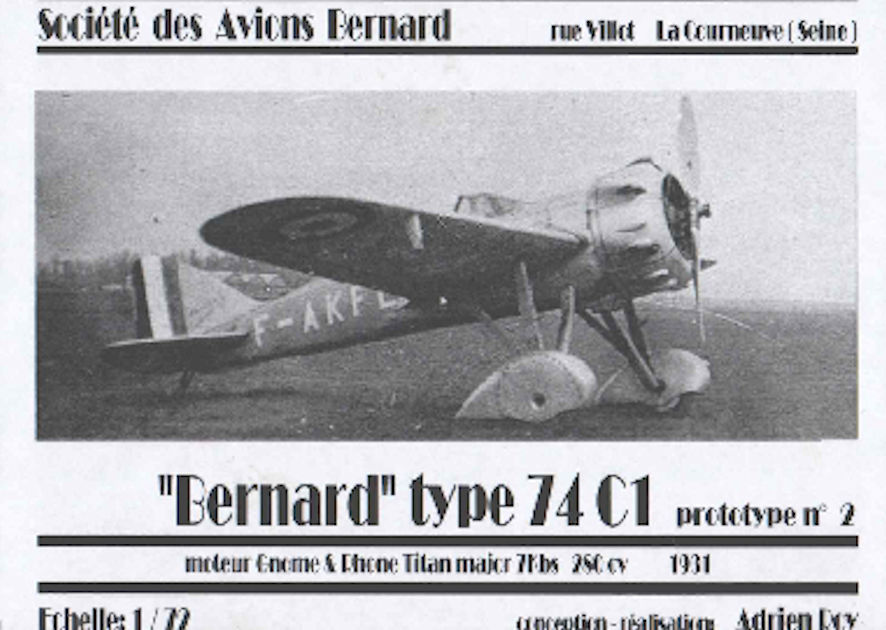
The Bernard 70 series dates from 1929 and three were built, the first was the Bernard 72 racer that flew in the 1930 Coupe Michelin race that was re-engined and redesignated the Bernard 73. The others were two Bernard 74s fighter prototypes fitted with slightly different Gnome-Rhone 7K engines that first flew in February and October 1931. They were entered in an air force fighter competition but did not result in any production orders. It might not have been a success in the sales department, but there are few prettier aeroplanes from this period.
By now regular readers will have worked out that I’m a sucker for French aeroplanes. I’ve already written about the delightful creations of Jean-Pierre Dujin (and those who are keeping his work available) and you will hear me saying similarly good things about the products of F-Rsin. (Not so sure about Mach 2, I’m currently trying to wrestle one of their kits into shape.)
Add to that the small but exquisite resin kits made by Adrien Roy. Adrien is a kit maker I know next to nothing about except that he appears to live in central France and makes some of the most finely moulded resin kits I’ve seen. I came across him when I set out to find what shade of blue should be painted on the Dujin Caudron racers and was pointed in Adrien’s direction as somebody who could handle English and answer my query. His response set me the task of repainting all the Caudrons I’d so far made and he also wanted to know if I’d be interested in a couple of the kits of French racers he’d made. Did I ever!!
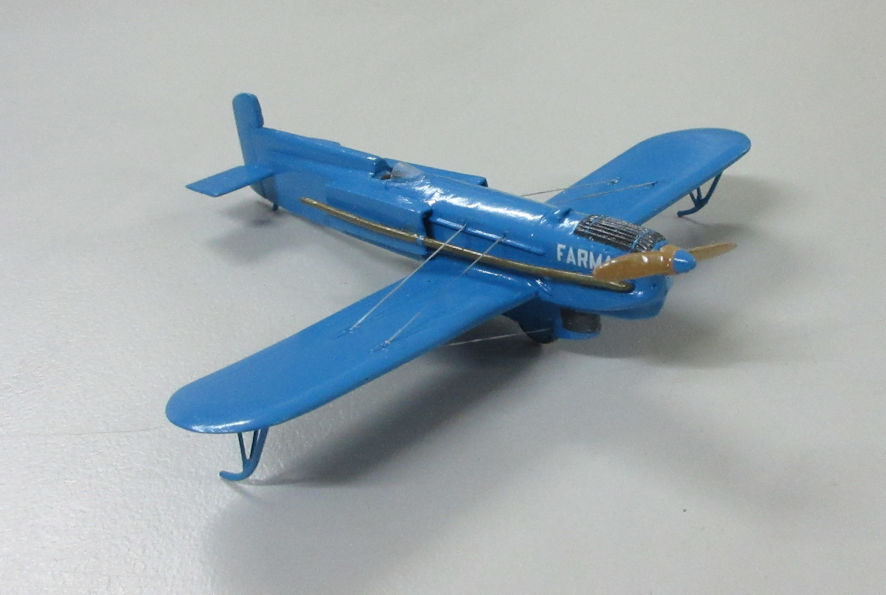
The first kit Adrien sent me was the Farman 370 that I made around August last year. Next came a Farman 380, Bernard 72, and Bernard 20 which I have since completed. Then followed the Bernard 74 which I’ve been pottering away on recently. If you’ve had experience with resin kits these present no particular difficulties because the mouldings are fairly clean and the resin itself is not too hard and easy to work with. The reason I’ve been working slowly on these kits is because they are so delightful that I don’t want to make a mess of them. If I were to make a mess of a kit of a P-51 I could just go out and get another one, no worries, but these kits are little rarities and not to be squandered. They are also so cleanly and finely moulded that it would be a real shame to be ham fisted in building them, so patience and great care are necessary to do justice to them.
The most difficult part of assembly is separating the kit parts from the moulding blocks with, for example, the blocks being attached to the leading edges of the wings which makes the business of making the kit with good leading edges a challenge and not probably something you’d want to try on your first resin model. However, once you’ve liberated the kit parts from the resin the kit more or less makes itself. Well, maybe that’s a little offhanded of me because I’ve made enough French resin kits to have a fair degree of confidence. Those with less experience might find the work daunting because of unfamiliarity with the process.
The painting is fairly straight forward and Adrien provides a simple painting guide. It might not look like it but there are three metallic shades on this model just to give it a bit of tonal variation. Folks with big fat fingers like mine might also find the masking a bit fiddily, but not impossible. The engine is as finely moulded as anything you will find in your highly rated aftermarket sets and demands some artistry, although you don’t see much of it in the end under the excellent engine cowling.
Where I cane a cropper with this model was the cockpit windscreen, which is a complicated little piece of vacformed celluloid. Perhaps the hardest part of the entire project is trimming the windscreen from its surroundings accurately and after you’ve done that you might need magic to find the tiny piece of clear celluloid after you’ve dropped it into the carpet, as I did. Following the stream of expletives that followed I put the model into a box with the intention of coming back to it once I’d mastered the arcane art of vacforming for myself. Some time then passed …
A few weeks ago Adrien sent me an email saying that he had completed work on another kit, this time the Bernard HV.41 hydroplane, and would I be interested. A few minutes later a few Euros had been transferred into his Paypal account and he told me that he’d soon post the new kit to me, along with a spare cockpit windscreen for the Bernard 74. Great joy!
The new kit and the windscreen arrived last week. With infinite care I placed a new blade in my scalpel and, making sure there was no chance of dropping this one, I carefully sliced away the celluloid surroundings. Even with a magnifier it was a fiddly process and only after I’d finally attached the windscreen where it belonged did I discover that if I’d cut a fraction more off the sides the fit would have been almost perfect. What followed was a bit of slight of hand with some Mr Surfacer 500 and you might not notice the problem if I hadn’t mentioned it.
The kit decals are nice and thin and went on nicely, and that was it.
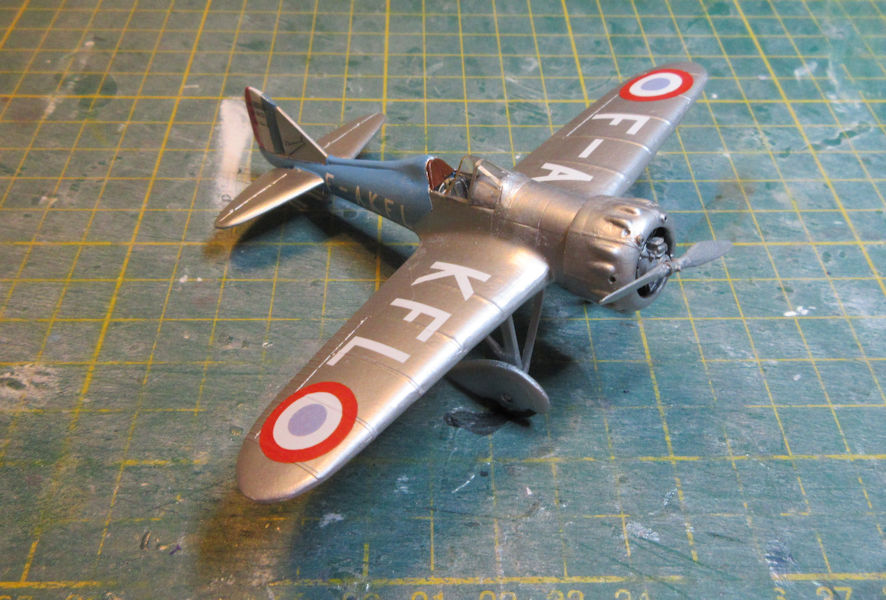
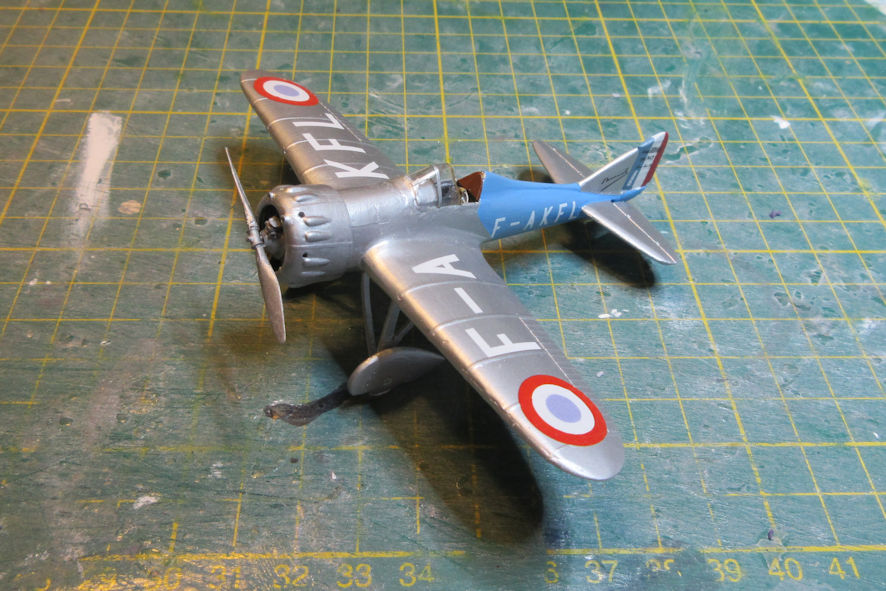
Nothing ugly about this one as far as I’m concerned. And before I knew what I was doing I had started work on liberating the kit parts from the casting blocks of the HV.41. It will be beautiful.
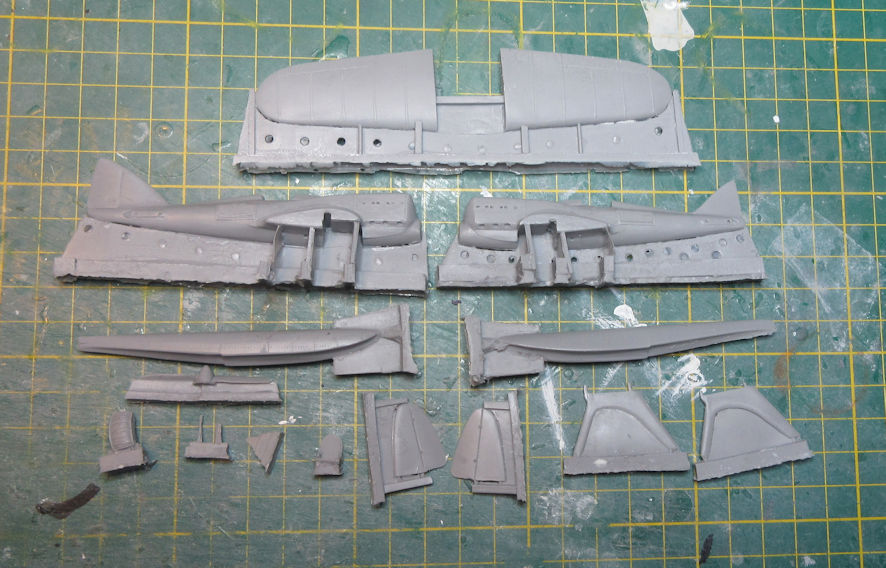
Leigh Edmonds
May 2021
